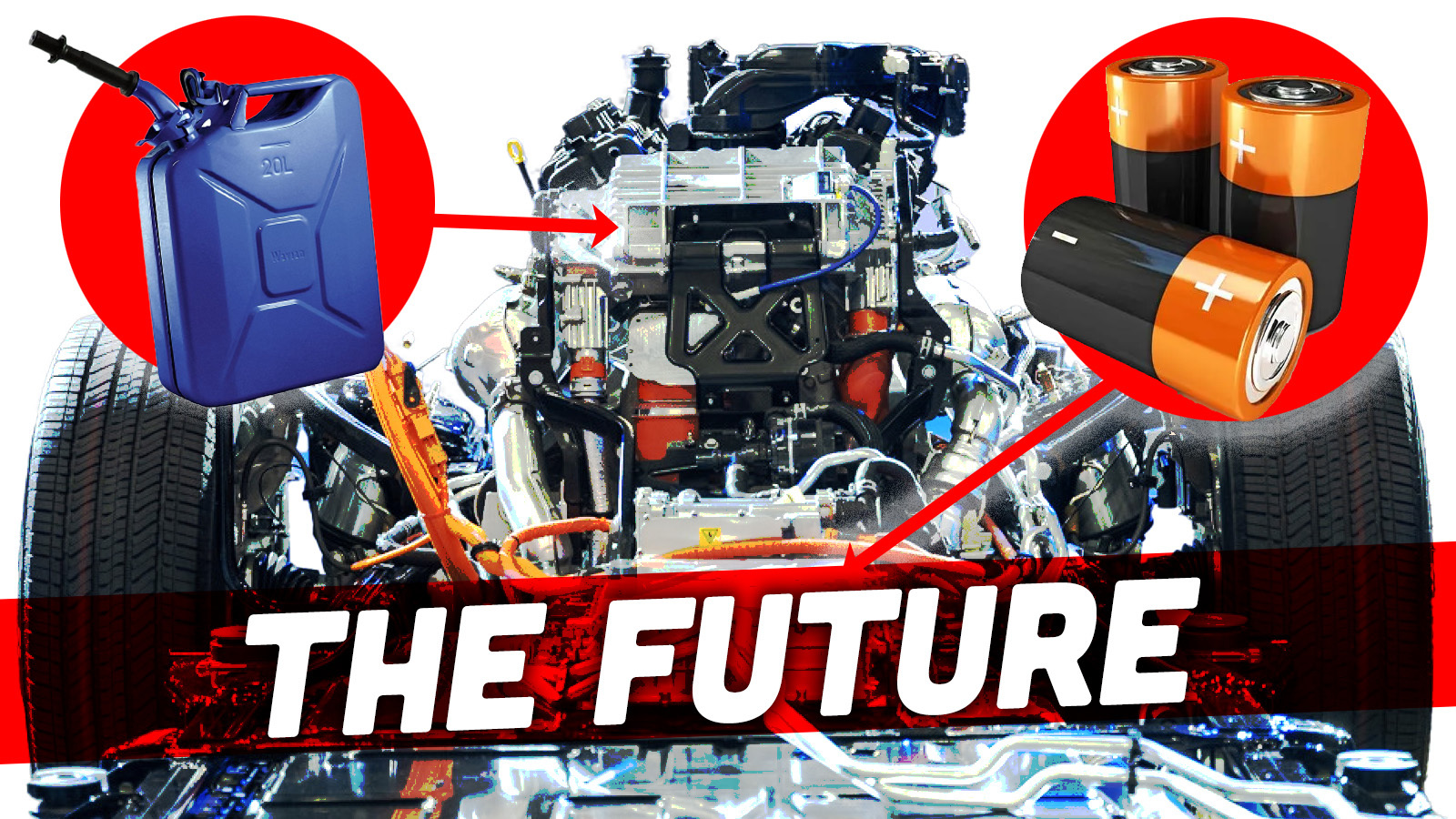For several years, the automotive industry embraced an almost reckless pursuit of all-electric vehicles (EVs). Billions were invested in factory retooling and supply chain overhauls, despite uncertainties surrounding market demand, inadequate charging infrastructure, and the long-term political landscape. Driven by a fear of falling behind Tesla and a desire to appease shareholders captivated by the electric vehicle hype, numerous manufacturers committed to rapid EV transitions. Toyota, however, adopted a more cautious approach, attracting considerable media criticism.
The current reality, however, reveals a significant misstep. Outside of Tesla, achieving widespread EV adoption requires considerable time, a period during which substantial financial losses are being incurred. While government policy and shareholder pressure exert considerable influence, ultimately, consumer purchasing decisions dictate product success. The industry's recent struggles highlight a fundamental failure: prioritising shareholder sentiment over consumer needs.
The success of Tesla, a first-mover with a superior charging network and significant revenue from EV credits, represents an anomaly. Tesla benefited from a favourable economic climate with low-interest rates, easily securing funding through ambitious promises. This unique trajectory makes emulating its rapid EV market share growth in 2024 a near-impossible task. Financial reports illustrating substantial losses per vehicle from manufacturers such as Rivian and Lucid underscore this challenge. Ford, too, is experiencing significant losses in its EV division.
While EV adoption isn't collapsing, growth is demonstrably slowing, particularly in the US. Pricing and infrastructure limitations remain key obstacles. This leaves automakers grappling with a crucial question: what's the next strategic move?
The answer, increasingly evident, lies in Extended Range Electric Vehicles (EREVs). This isn't a short-term solution; rather, it represents a potentially long-term, sustainable strategy.
EREVs are gaining traction. While conventional hybrids and pure EVs will undoubtedly persist, EREVs offer a compelling third option. This technology, successfully deployed in significant volumes in China, features an electric motor supplemented by a small petrol generator. This generator activates only when the primary battery's charge is low, extending the vehicle's range without directly powering the wheels. This addresses the persistent issue of "range anxiety".
The recent launch of the Ram Ramcharger, the first EREV pickup truck intended for the US market, highlights the increasing interest in this technology. Similarly, the new Scout brand's launch, featuring vehicles with small petrol range extenders, garnered significant attention. Pre-order data suggests strong preference for Scout's range-extended models.
Several other manufacturers are following suit. Hyundai has confirmed plans for EREV development, citing potential cost reductions and increased range. Volkswagen is exploring EREV technology, potentially implementing it in the mid-term future. Lotus, having previously committed to an all-EV strategy, has shifted towards EREVs. Jeep has also announced range extender options for upcoming models, and Ford has explicitly confirmed its intention to develop EREVs, particularly for its Super Duty trucks and future three-row SUVs.
The two main consumer concerns affecting EV uptake in the US are range and price. In the EV market, range is an unprecedentedly important metric, often outweighing other factors like 0-60 times or handling. This leads to situations where consumers prioritise range over brand prestige or other features. This presents a challenge because higher range typically translates to higher cost and increased vehicle weight, further increasing battery requirements and escalating the cost.
EREVs provide a way to mitigate this. While lowering battery costs is a long-term goal, reducing the reliance on solely battery power allows for smaller, more affordable battery packs while achieving acceptable range through the range extender. This allows manufacturers to deliver the range consumers desire at a more competitive price point. This directly addresses the consumer behaviour which prioritises capability over actual usage. This does not require consumers to accept lower-range vehicles and also satisfies demand for higher-range vehicles in segments such as large SUVs and pick-up trucks which currently struggle to provide sufficient range at an affordable price point with current Battery Electric Vehicle (BEV) technology.
The success of EREVs will depend on several factors: effective marketing, overcoming resistance from some within the EV community and reliable production and supply chains. The Ram Ramchargerâs launch will be crucial in determining whether EREVs find widespread acceptance. Success hinges on competitive pricing, effective marketing that highlights the advantages of the technology (over pure EVs and internal combustion vehicles), and ensuring high reliability.
The current landscape suggests that EREVs represent a significant and potentially crucial step towards broader EV adoption, particularly within the large vehicle segments that are currently underserved by BEVs. Their emergence offers a promising pathway towards a more sustainable and practical approach to automotive electrification.
Article
Business

Electric Vehicles: The Rise of Range-Extended Powertrains

